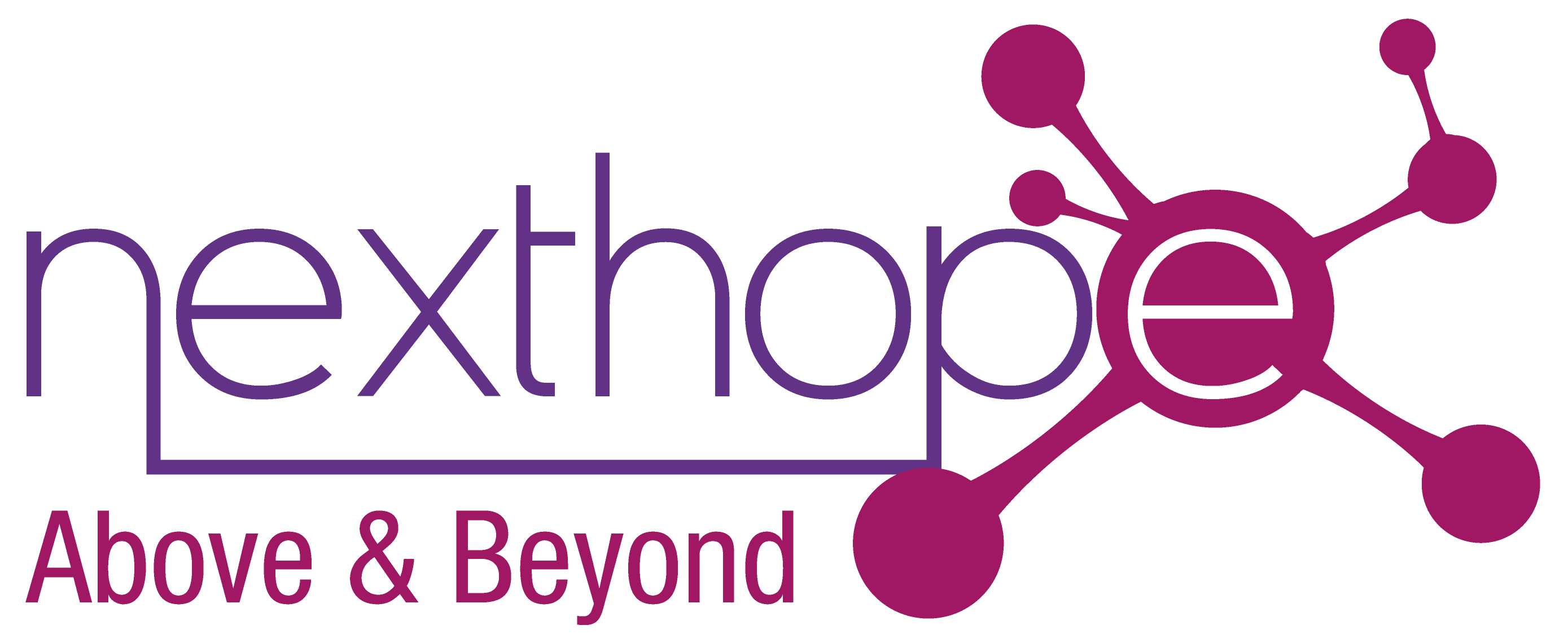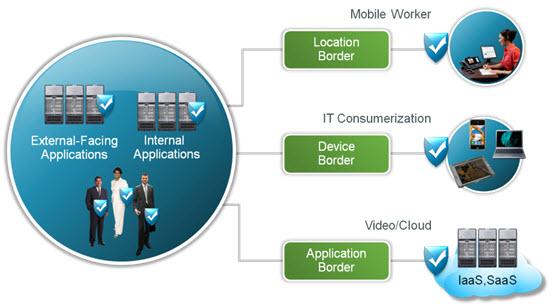Borderless Network Architecture Partners

Cisco Systems, Inc. is the worldwide leader in networking for the Internet. Today, networks are an essential part of business, education, government and home communications, and Cisco Internet Protocol-based (IP) networking solutions are the foundation of these networks. Cisco hardware, software, and service offerings are used to create Internet solutions that allow individuals, companies, and countries to increase productivity, improve customer satisfaction and strengthen competitive advantage.
Proxim Wireless Corporation (NASDAQ: PRXM), is a Milpitas, California-based company that builds scalable broadband wireless networking systems for communities, enterprises, governments, and service providers. It claims to offer WLAN, mesh, point-to-multipoint and point-to-point products through a global channel network. The company is a wholly owned subsidiary of Terabeam Inc.
F5 Networks is the global leader in Application Delivery Networking (ADN), focused on ensuring the secure, reliable, and fast delivery of applications. F5′s unified application and data delivery offers customers multiple options when deploying ADN solutions. It redefines the management of application, server, storage, and network resources, streamlining application delivery and reducing costs. Global enterprise organizations, service and cloud providers, and Web 2.0 content providers use F5 to ensure efficient and robust application delivery.
Blue Coat secures Web communications and accelerates business applications across the distributed enterprise. Blue Coat’s family of appliances and client-based solutions – deployed in branch offices, Internet gateways, end points, and datacenters – provide intelligent points of policy-based control enabling IT organizations to optimize security and accelerate performance for all users and applications.
Legrand is the global specialist in electrical and digital building infrastructures. Its comprehensive offering of solutions for use in commercial, industrial and residential markets makes it a benchmark for customers worldwide. The company is listed on NYSE Euronext and is a component stock of indexes including the SBF120, FTSE4Good, MSCI World, ASPI. In 2010, Legrand was added to the European DJSI as well (ISIN code FR0010307819).
Fluke Networks is the world-leading provider of network test and monitoring solutions to speed the deployment and improve the performance of networks and applications. Leading enterprises and service providers trust Fluke Networks’ products and expertise to help solve today’s toughest issues and emerging challenges in data centers, mobility, unified communications and WLAN security.
Headquartered in Everett, Washington, Fluke Networks employs more than 800 people worldwide and distributes products in more than 50 countries.









































